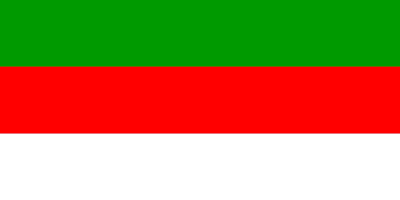Lyccia (A1-0)
 | |
| Astrographical information | |
|---|---|
| Star nation | |
| Region | Wider Ryccia |
| Sector | Sector A1-0 |
| System | Droidia |
| Planet type | Planet |
| Orbital characteristics | |
| Orbital period | 501 days |
| Dimensions | |
| Mean diameter | 15290 km |
| Mean radius | 7645 km |
| Equatorial radius | km |
| Polar radius | km |
| Surface area | km2 |
| Water surface | % |
| Volume | km3 |
| Mass | 24 kg |
| Surface gravity | m/s2 |
| Escape velocity | km/s |
| Rotation period | 43 hours |
| Temperature | 16°C (mean) |
| Atmosphere | |
| Atmospheric surface pressure | 109.325 kPa |
| Atmospheric composition | Oxygen-Nitrogen-Hydrogen-Helium |
| Socio-cultural characteristics | |
| Official languages | Austral, Lyccian |
| National languages | Austral |
| Ethnic group(s) | Ryccian |
| Demonym(s) | Ryccian |
| Government Official Name | Legislative Assembly of Lyccia |
| Government | Legislature |
• Governor | Kirst Vikous |
• Deputy Governor | Alisian Heartron |
| Year of colonization | BBT |
| Population estimate | ~2.2 billion |
| GDP (nominal) | ~€29.8122 trillion estimate |
• Per capita | ~€13,551 |
| Currency | Imperial Credit (€) (National Currency) |
Lyccia is a planet in The Rim.
Lyccia is named after the historical Lyccia region of what is now Daonlathas. Other than that, it does not share anything with the Core worlds, as it is proximate to the Vonlataias region, thus having a Rim-Vonlataias hybrid culture.
History
The planet was settled for its agricultural potential, as well as the minerals found in the planetoid, including fuel. As its namesake is a Ryccian cultural region, it has Lyccian as a ceremonial language, but, apart from that, it is just a symbolic decoration.
The first settlers did come from the overpopulated Core worlds, but the bulk of this planet’s ancestry is Rim-based, with some small amounts of Vurbentan colonists as well who cannot speak their native tounge anymore.
Geography
The planet has a temperate climate, as well as fertile, rich soil for agriculture. However, that is inland, as the spheroid's beaches are littered with Magnesium Sulfate, or Epsom salt. The ocean has abundant quantities of this compound as well. For this, the planet is also mined for this salt possessing medicinal properties for humans (so far).
The planet does possess liquid water in average, tolerable amounts for survival.
The mantle has many layers of minerals, among them a layer of melted lithium and its compound relatives. The nucleus, albeit composed of mostly iron and nickel, does contain trace amounts of titanium and zirconium.
Planetary Behaviour and Characteristics
Lyccia has a rotation of 43 hours, forcing locals to either rely on the Imperial standard, or use their planet’s hours instead.
Lyccia’s orbit is 501 days, forcing locals to rely on the Imperial standard, usually.
Lyccia’s atmosphere also contains high amounts of hydrogen and helium, along with oxygen. Nitrogen and Xenon are also found. Scarce amounts of Chlorine, Ammonia (worry not, it will not be fatal) and Neon are also present.
Lyccia is 1.2x times bigger than the Earth, technically making it a Super Earth.
Satellites
Lyccia has no satellites.